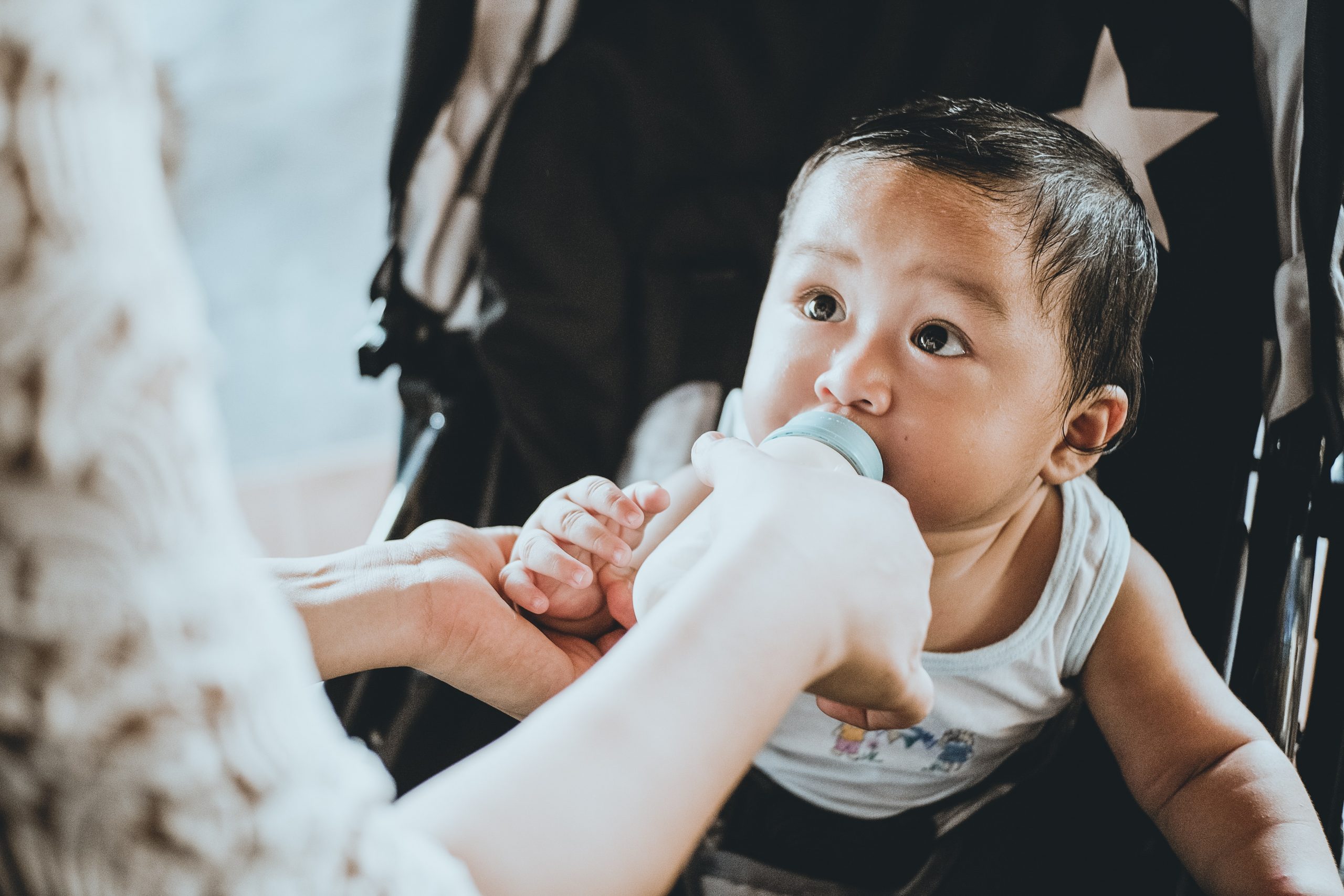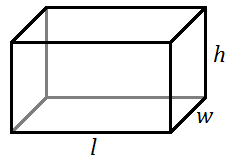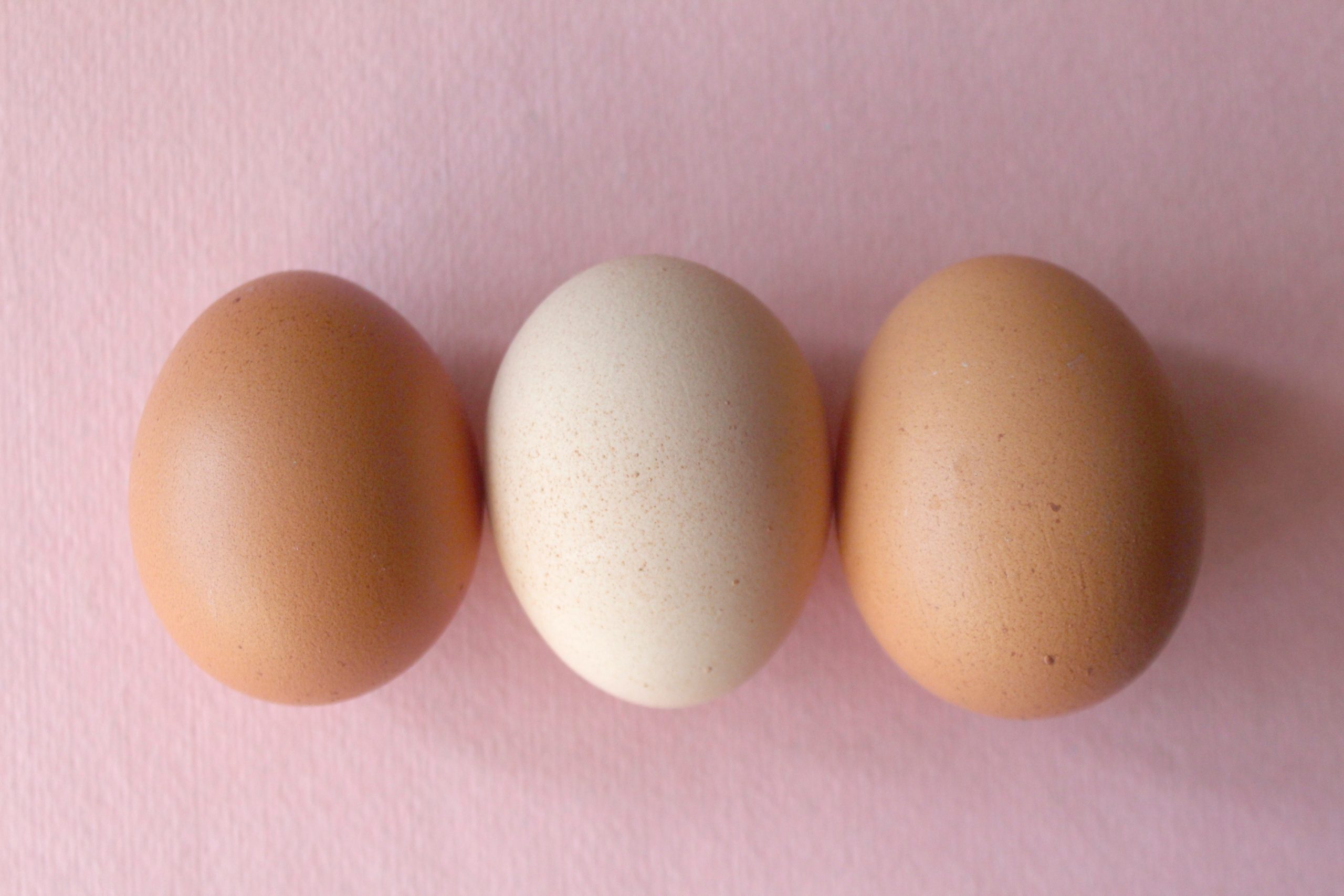1.7: Formulas
- Page ID
- 56846
You may use a calculator throughout this module if needed.
Formulas

A formula is an equation or set of calculations that takes a number (or numbers) as input, and produces an output. The output is often a number, but it could also be a decision such as yes or no. The numbers in a formula are usually represented with letters of the alphabet, which are called variables because their values can vary. To evaluate a formula, we substitute a number (or numbers) into the formula and then perform the steps using the order of operations.
Note: When a number is written directly next to a variable, it indicates multiplication. For example, \(2H\) means \(2\cdot{H}\).
The cost, in dollars, of mailing a large envelope weighing \(w\) ounces is calculated by the formula \(C=0.20w+0.80\).[1]
1. Find the cost of mailing a \(3\)-ounce envelope.
2. Find the cost of mailing a \(9\)-ounce envelope.
Radio Cab charges the following rates for a taxi ride: a fixed fee of $ \(3.50\) plus a rate of $ \(2.60\) per mile. The total cost, in dollars, of a ride \(m\) miles long can be represented by the formula \(C=3.50+2.60m\).[2]
3. Find the cost of a \(5\)-mile ride.
4. Find the cost of a \(7.5\)-mile ride.
5. Find the cost of getting in the taxi, then changing your mind and getting out without riding anywhere.
The number of members a state has in the U.S. House of Representatives can be approximated by the formula \(R=P\div{.7}\),[3] where \(P\) is the population in millions. The 2010 populations of three states are as follows:[4]
| Oregon | \(3.8\text{ million}\) |
| Washington | \(6.7\text{ million}\) |
| California | \(37.2\text{ million}\) |
Round all answers to the nearest whole number.
6. How many U.S. Representatives does Oregon have?
7. How many U.S. Representatives does Washington have?
8. How many U.S. Representatives does California have?
The number of electoral votes a state has can be approximated by the formula \(E=P\div{0.7}+2\), where \(P\) is the population in millions.
9. How many electoral votes does Oregon have?
10. How many electoral votes does Washington have?
11. How many electoral votes does California have?
- Answer
-
1. $ \(1.40\)
2. $ \(2.60\)
3. $ \(16.50\)
4. $ \(23.00\)
5. $ \(3.50\)
6. \(5\) representatives (rounded down from \(5.43\))
7. \(10\) representatives (rounded up from \(9.57\))
8. \(53\) representatives (rounded down from \(53.14\))
9. \(7\) electoral votes
10. \(12\) electoral votes
11. \(55\) electoral votes
Some formulas require more than one number for the input.
When a patient’s blood pressure is checked, they are usually told two numbers: the systolic blood pressure (SBP) and the diastolic blood pressure (DBP). The mean arterial pressure (MAP) can be estimated by the following formula: \(MAP=\dfrac{SBP+2\cdot{DBP}}{3}\). (The units are mm Hg, or millimeters of mercury.) Calculate the mean arterial pressure for each patient.
12. SBP = \(120\), DBP = \(75\)
13. SBP = \(140\), DBP = \(90\)
 UPS uses this formula to determine the “measurement” of a package with length \(l\), width \(w\), and height \(h\): \(m=l+2w+2h\).[5] Determine the measurement of a package with the following dimensions.
UPS uses this formula to determine the “measurement” of a package with length \(l\), width \(w\), and height \(h\): \(m=l+2w+2h\).[5] Determine the measurement of a package with the following dimensions.
14. length \(18\) inches, width \(12\) inches, height \(14\) inches
15. length \(16\) inches, width \(14\) inches, height \(15\) inches
- Answer
-
12. \(90\) mm Hg
13. around \(107\) mm Hg
14. \(70\) in
15. \(74\) in
The next set of exercises involves a formula that gives a yes or no answer.
In Australia, a chicken egg is designated “large” if its mass, in grams, satisfies the following formula: \(|m-54.1|\leq4.1\). Determine whether each egg qualifies as large.[6]

16. Egg 1’s mass is \(57.8\) grams.
17. Egg 2’s mass is \(58.3\) grams.
18. Egg 3’s mass is \(49.8\) grams.
19. Egg 4’s mass is \(50.0\) grams.
- Answer
-
16. yes
17. no; too large
18. no; too small
19. yes
Temperature
The Celsius temperature scale is based on the freezing point of water (\(0\)°C = \(32\)°F), and the boiling point of water (\(100\)°C = \(212\)°F). By subtracting these numbers, we can see that a difference of \(180\)°F is equivalent to \(100\)°C. The ratio \(\dfrac{180}{100}\) reduces to \(\dfrac{9}{5}\), which means that \(9\) degrees on the Fahrenheit scale is equivalent to \(5\) degrees on the Celsius scale. (Of course, \(\dfrac{180}{100}\) is also equal to \(1.8\), which means that \(1\) degree Celsius is equivalent to \(1.8\) degrees Fahrenheit.) Because Fahrenheit and Celsius do not have the same zero point, however, we must add or subtract \(32\) as well. See the formulas below.
Temperature Formulas
\(F=\dfrac{9}{5}C+32\) or \(F=1.8C+32\)
\(C=\dfrac{5}{9}(F-32)\) or \(C=(F-32)\div{1.8}\)
20. The temperature on a cool day is \(10\)°C. Convert this temperature to Fahrenheit.
21. Normal body temperature is \(98.6\)°F. What is this temperature in Celsius?
22. The FDA recommends that a freezer be set below \(-18\)°C. What is the Fahrenheit equivalent?
23. A package of frozen pancakes from IKEA calls for the oven to be set to \(392\)°F. Clearly, this was originally calculated in Celsius. What is the corresponding Celsius temperature?

- Answer
-
20. \(50\)°C
21. \(37\)°C
22. \(-0.4\)°F
23. \(200\)°C
- pe.usps.com/text/dmm300/Notice123.htm#_c037 ↵
- https://www.radiocab.net/services-radio-cab/ ↵
- https://www.pewresearch.org/fact-tank/2018/05/31/u-s-population-keeps-growing-but-house-of-representatives-is-same-size-as-in-taft-era/ ↵
- https://en.Wikipedia.org/wiki/List_of_states_and_territories_of_the_United_States_by_population ↵
- www.ups.com/us/en/help-center/packaging-and-supplies/prepare-overize.page ↵
- https://en.Wikipedia.org/wiki/Chicken_egg_sizes ↵


